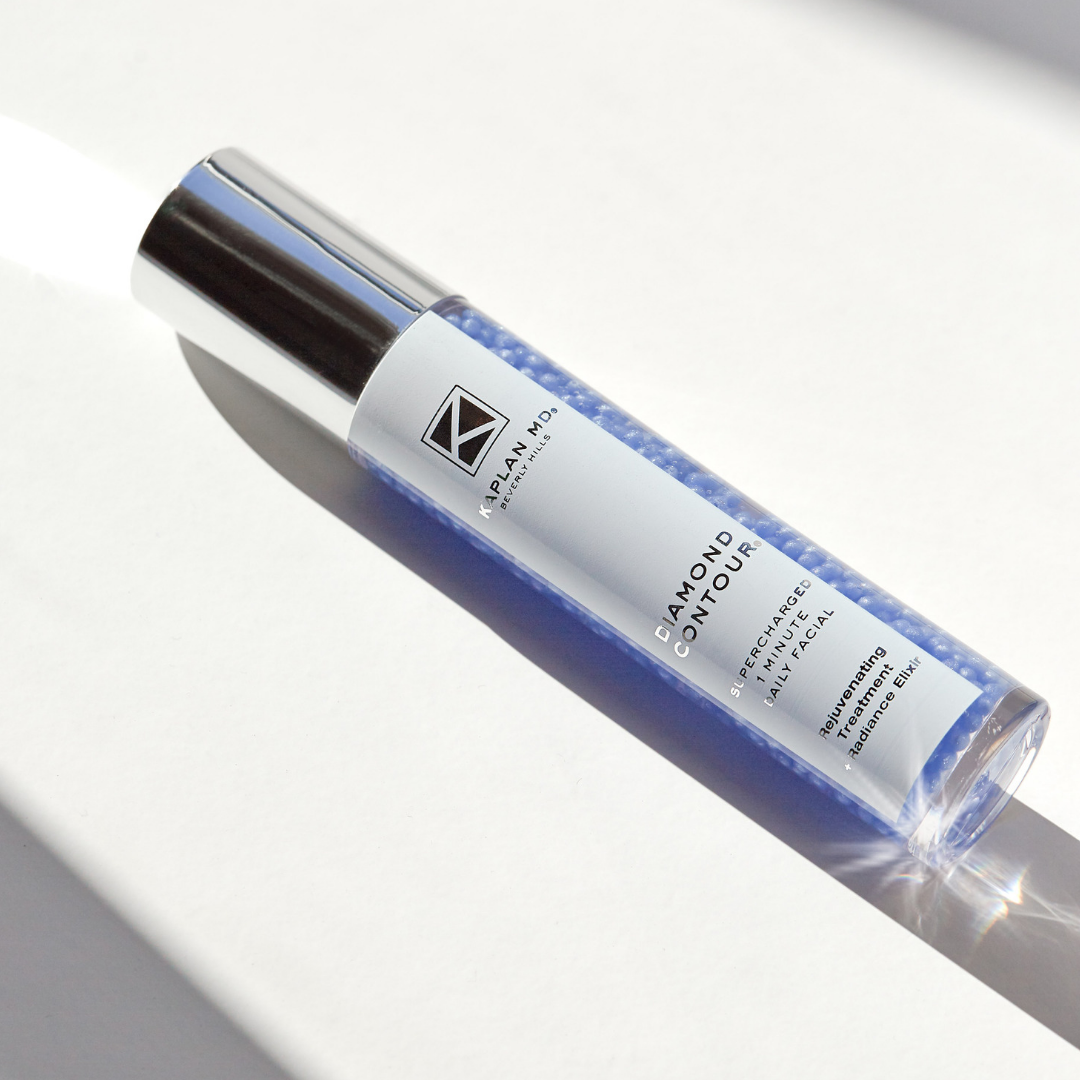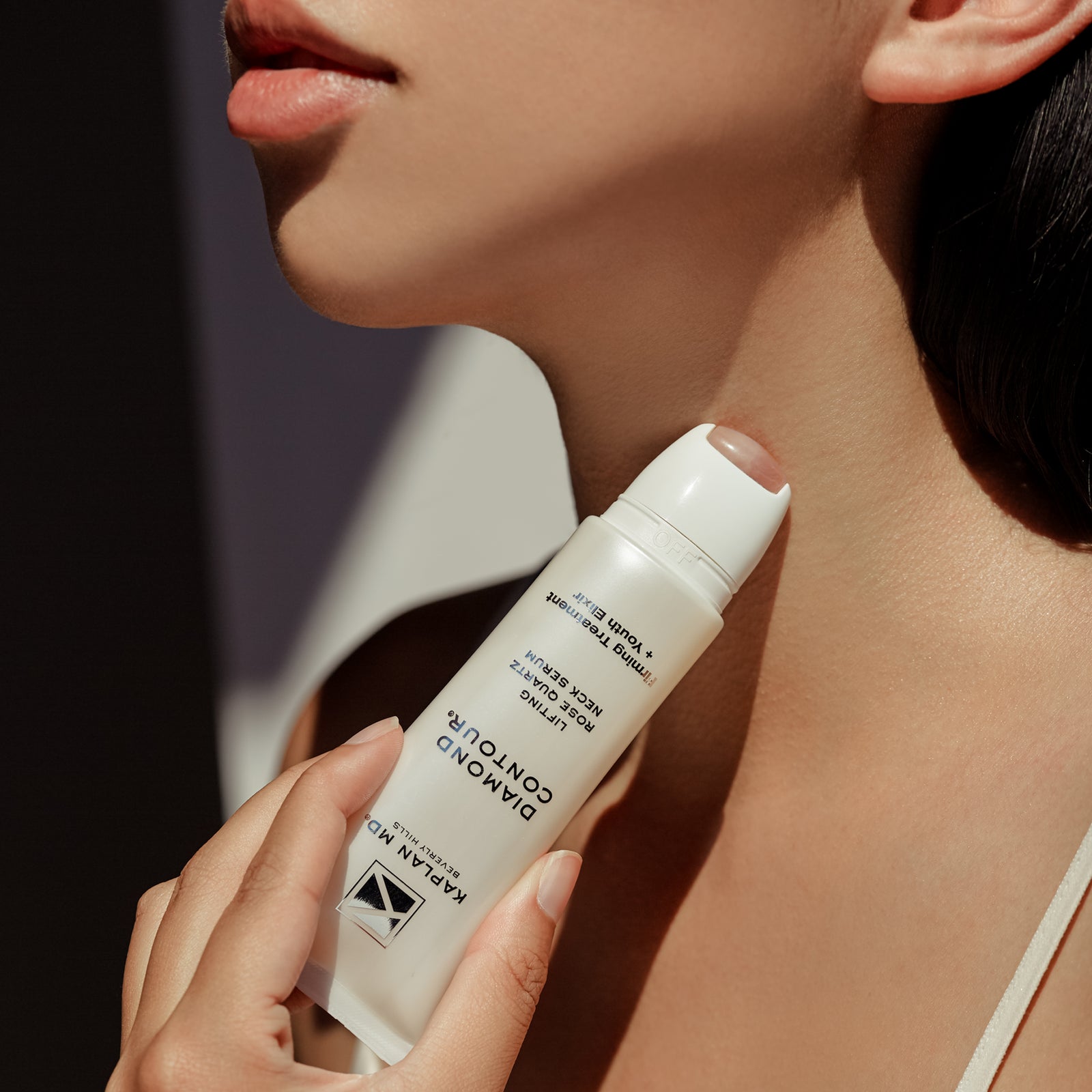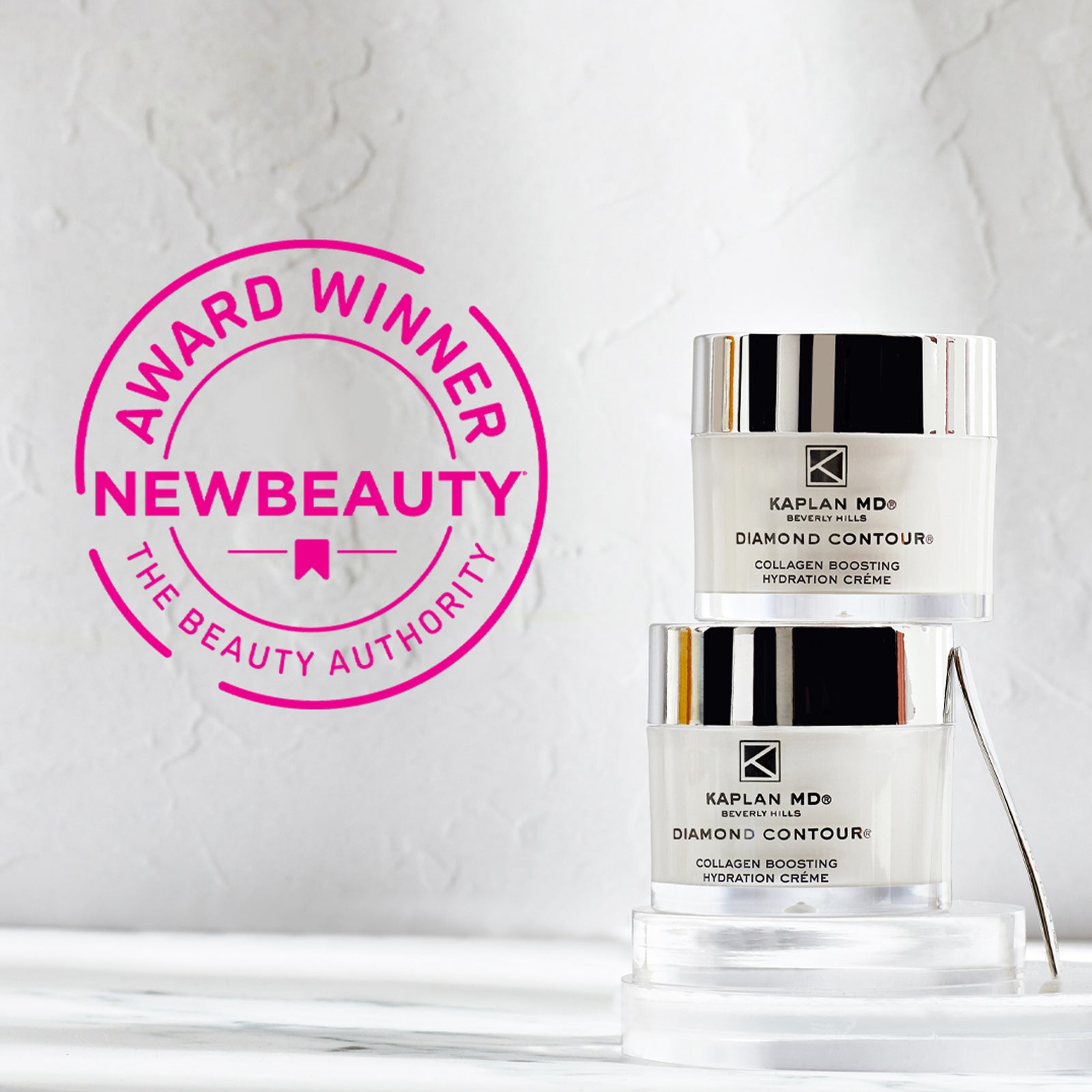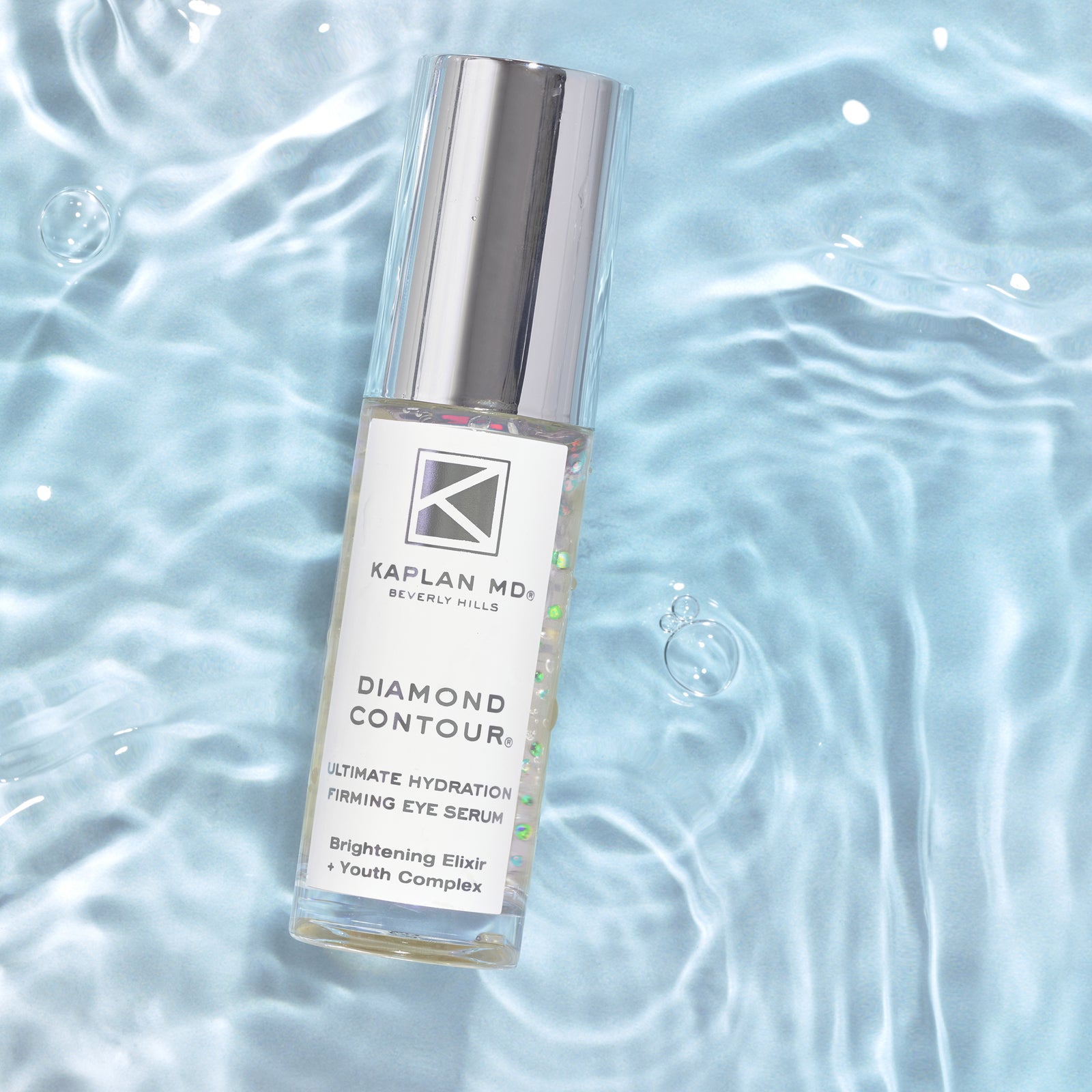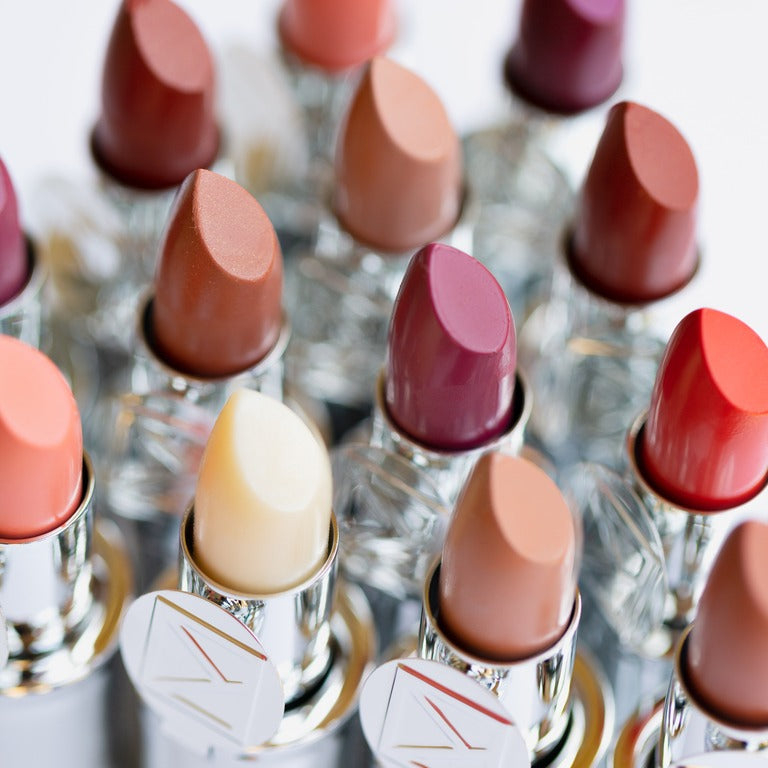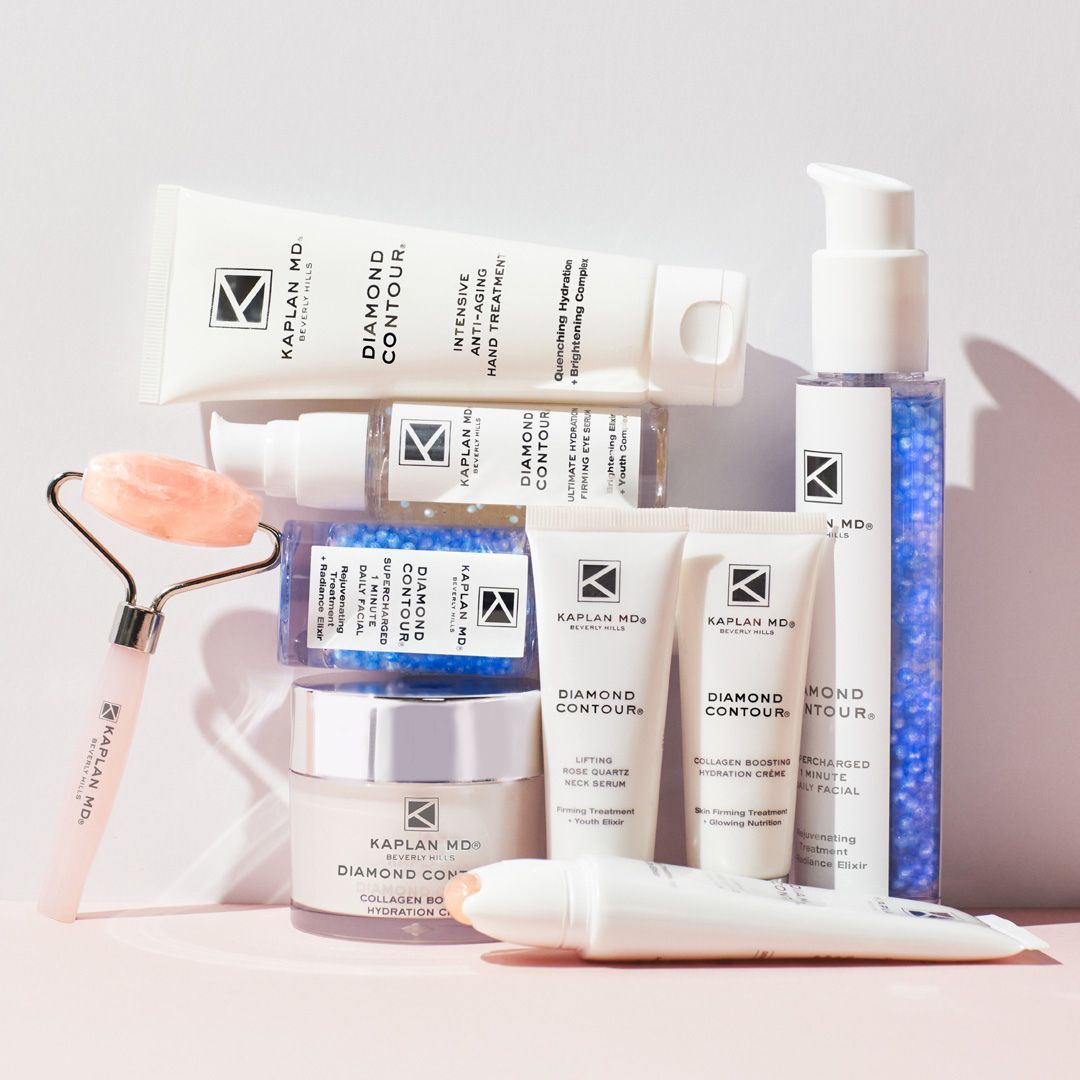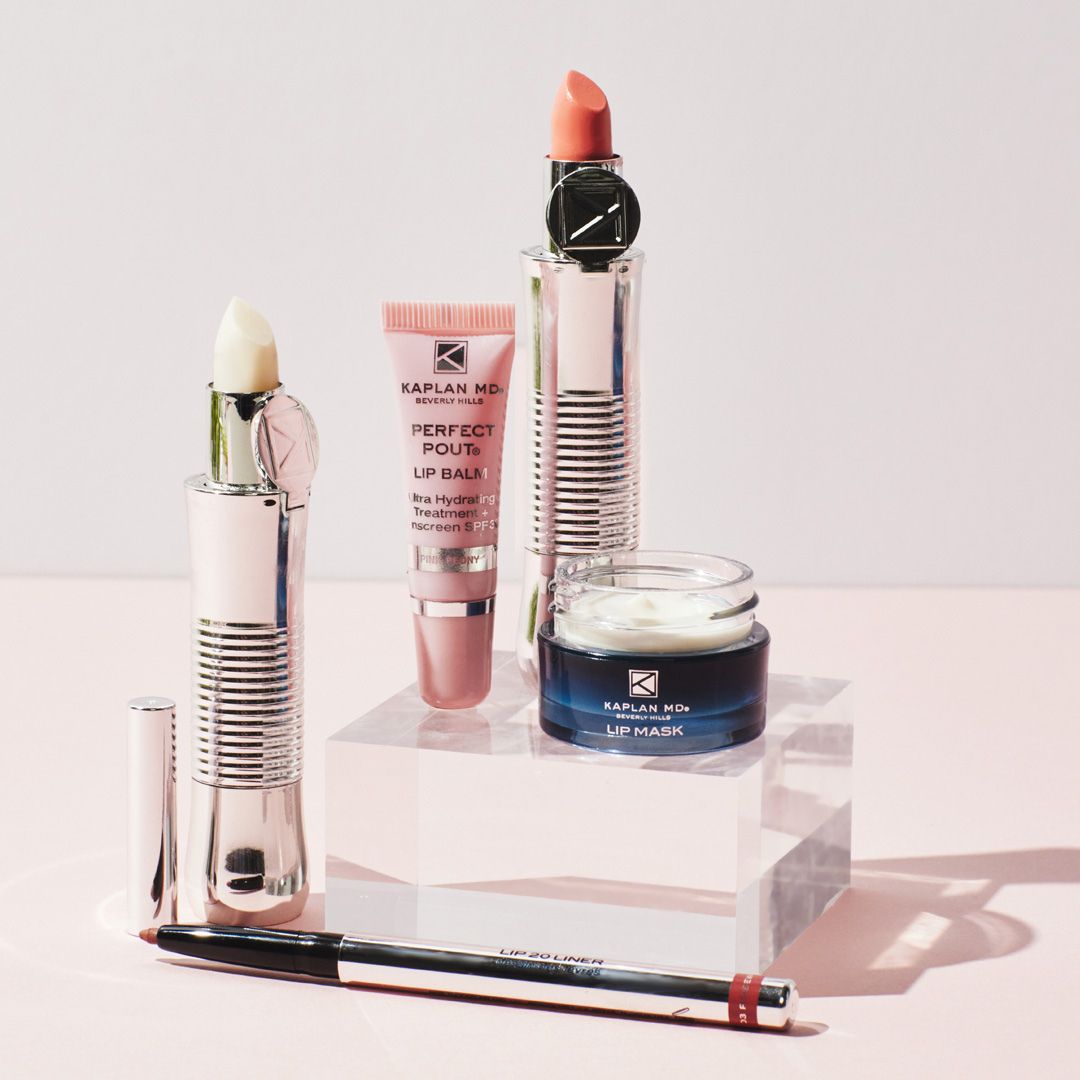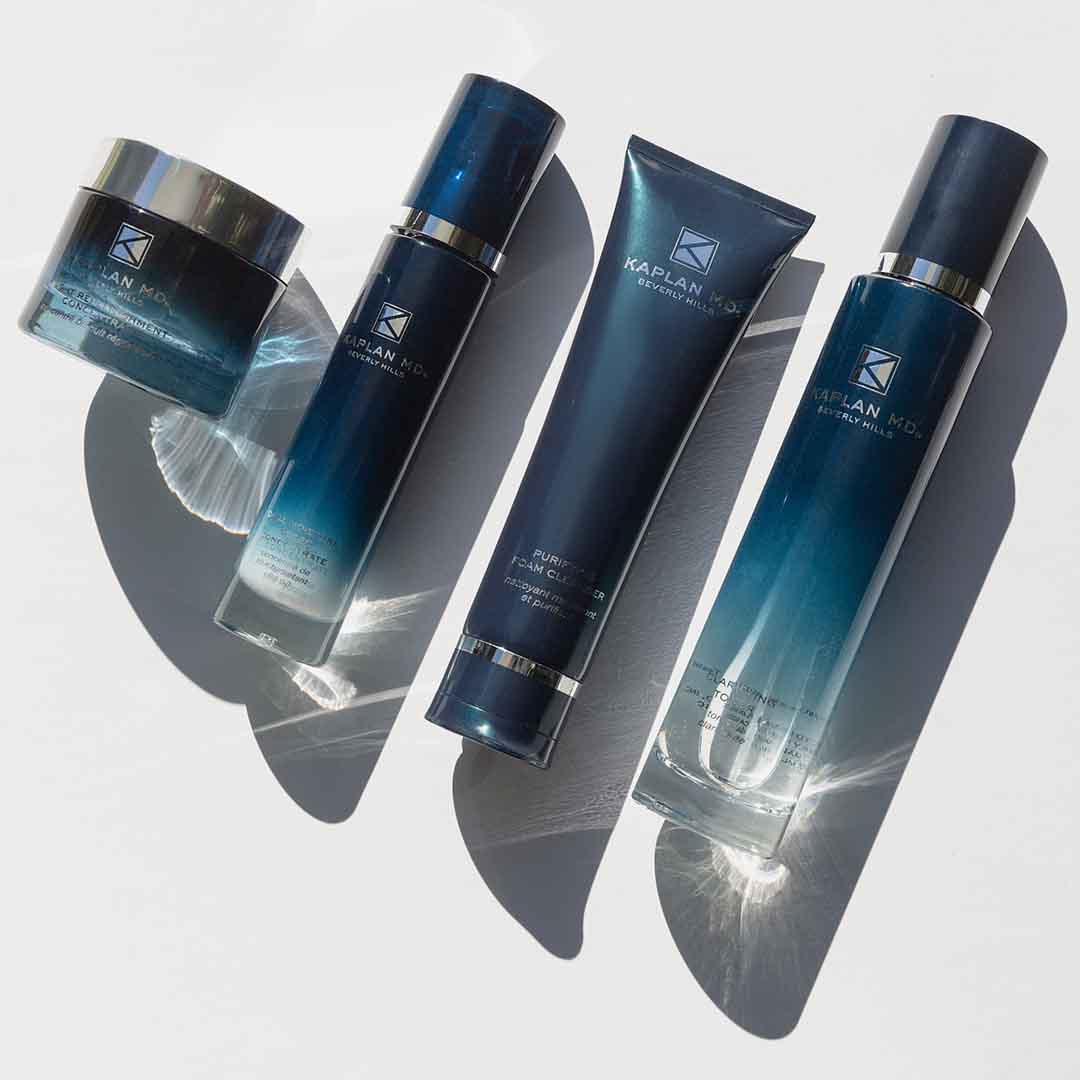Dr. Kaplan – Poisonous Plants
Poisonous Plants
WHAT TYPES OF POISONOUS PLANTS SHOULD I AVOID?
Poison Ivy, Poison Oak, and Poison Sumac are the most common plants that cause allergic contact dermatitis in the U.S. These plants contain urushiol, an antigen, in their sap, which is extremely irritating to approximately 80% of the people who come in contact with it. This sap can cling to clothing, the fur of pets, shoes, tools and other objects, which is then transferred to the skin. Many people have been poisoned merely by taking off their shoes after walking through poison ivy
WHAT DO POISONOUS PLANTS LOOK LIKE AND WHERE DO THEY GROW?
POISON IVY
Has slightly glossy green leaves that grow in groups of three. The leaf shape may vary, and the plant may grow as a vine or low, trailing shrub. It grows as a non-climbing shrub in the western and northen states, and as a climbing vine in the east, Midwest, and southern states.
POISON OAK
Has leaves that are shapped somewhat like oak leaves. The underside of the leaves are much lighter green than the surface and covered with fuzz. It grows as a very large standing shrub or vine in the western U.S., and as a small shrub in the sandy soil of the southeast.
POISON SUMAC
Has leaves that are elongated and smooth-sided. It grows as a small tree or shrub about 5 to 6 feet high, with each stem containing 7 to 13 leaves arranged in pairs. Beware of Poison Sumac in the peat bogs of the northern U.S., and swampy areas in the southern U.S.
WHAT ARE THE SYMPTOMS OF POISONING?
Approximately 24 to 36 hrs after you are exposed to the plant’s sap, a severe, itching rash develops. Later, red inflammation and blistering of the skin occurs. In severe cases, oozing sores develop.
CAN I SPREAD IT BY SCRATCHING?
No – scratching cannot spread the urushiol (poison in the sap) to other areas. The way it works is within 15 minutes of contact, the urushiol binds to the skin’s proteins. If it is washed off with soap and water before that time, a reaction may be prevented. If you are not able to wash it off within 15 minutes, the urushiol is fixed, like crazy glue, and cannot be washed off. The good news is that it can’t be transferred to other areas for the same reason.
Oozing blister fluid also cannot spread the urushiol to other areas of the body or to other persons. New lesions that appear a few days after the primary lesions represent less sensitive areas or areas where less urushiol came in contact with the skin, not spreading of the poison.
HOW DO I DEAL WITH THE RASH?
If you come in contact with poisonous plants, the first thing you should do is immediately wash the skin with soap and water. Be careful not to touch any other part of the body to prevent spreading the poison. If you don’t cleanse quickly enough, or your skin is so sensitive that cleansing didn’t help, redness and swelling will appear in about 12 to 48 hours. Itching and blisters will follow. Depending on the severity of your symptoms, you may need to take medication for 10-15 days.
All content solely developed by the American Academy of Dermatology.

